When Jyh Kao first ventured into property investment, there were a lot of things he was unsure of – but one thing he knew for certain was that his portfolio gives him a great opportunity to build wealth.
“I started investing in property when I was 24-years-old and two years after starting my professional career in marketing,” he says.
“I didn’t have a clear reason for investing at the time and didn’t know much about what I was doing. I just knew financially I would be better off in the long term.”
Kao traces his first experience with property investment back to his teens when his family moved from the Northern Beaches to Lindfield, both in New South Wales.
“[My parents] wanted to buy a new house in the school catchment area and sell off the existing home but our mortgage broker, who was a family friend, explained to my parents how they could keep their existing home as a rental property and leverage money to buy the second home,” he says.
Heeding their friend’s advice, his parents kept their home in the Northern Beaches and purchased a $440,000 property in Lindfield in 2000. The house they bought was old and along a busy main road. Over the years, Kao and his family did various renovations, including updating the kitchen and two bathrooms, adding a patio, and converting the main street access garage into a granny flat.
In 2015, his parents sold the house for $1.6m, which was more than three times the price they paid for it.
“At that time, I realised how powerful investing was,” Kao says. “I thought to myself, if I can scale this by purchasing multiple properties, I could amass some massive wealth in the next few decades. From then on, I wanted to invest and continue growing a portfolio.”
First property investment purchase
Kao actually began his investment journey in 2013, two years before his parents sold their Lindfield home. But it was his parents’ profitable sale of the property that sparked his desire to expand his portfolio.
His first purchase was a 52 sqm one-bedroom apartment in North Sydney worth $428,000. He was drawn to the property because it was in a good location, which has “strong fundamentals of income and population growth,” and “high demand for rentals.”
Kao took out $80,000 from his personal savings as deposit and spent about $10,000 in cosmetic renovations, which included covering up the old popcorn ceiling, updating the bathroom, applying a fresh coat of paint, and installing pendant lights, shutter blinds, timber laminate flooring, and wall-mounted desks and shelves.
The updates allowed him to increase rent by $50 weekly. He then used the equity to acquire a second property in 2016.
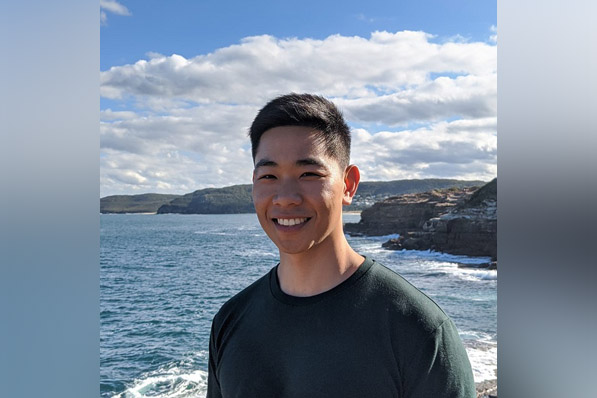
JYH KAO
Years investing: 7
Current number of properties: 5
Portfolio value: $2.5m
Investment strategy
Kao’s investment strategy is simple: “Accumulate assets in locations with good demand and add value through cosmetic renovations to increase both equity and rental yield.”
This strategy has enabled him to grow his portfolio to a total of five properties with a combined value of $2.5m in just seven years. He now boasts a portfolio of apartments and houses in New South Wales and Queensland, with all except one currently generating rental income. The tenant of his North Sydney property recently moved out, but the apartment is ready for occupancy.
Asked what cosmetic renos are most effective in increasing a property’s value, Kao says it pays to “focus on areas where people have the most emotional connection to such as the kitchen, bathroom, garden, and front façade.”
He adds that it is also important to stay within a budget and not overcapitalise in areas that do not increase value.
“I’ve learnt, as a general rule, to spend approximately 10% of the property’s value on total renovations,” he says.
Key lessons
Kao admits his investment journey was far from smooth sailing but says he has picked up important lessons along the way.
“Property investment has helped me build a strong sense of financial confidence and better money habits knowing that I can live a life full of abundance in the decades to come,” he says. “My goal is to… build a large self-sustaining asset base and derive passive income in the long term. I haven’t put any figures to it but as long as I can continue to build and hold on to the portfolio, I will continue doing so.”
Kao adds that the key to being a successful property investor is having the right mindset and attitude.
“I personally think the biggest challenge in investing is your mindset and relationship with money,” he says. “A lot of people I talk to are afraid of taking on debt but I learnt if productive debt is structured and leveraged correctly it can help compound your wealth far greater than if you did nothing.”
Kao says the belief that investing in property requires one to have a “very high income” is far from the truth.
“I think anyone can start and build a portfolio,” he says. “It’s about how much money you can put away as surplus funds to invest.”
“I realised the world is full of opportunities once you change your mindset from a scarcity view to being abundant, and it can transform your perspective in life,” he adds.
Kao, who owns a gym and also spends time as a personal trainer, says investing in property, and maintaining one’s health and fitness have a lot of similarities.
“Success from both doesn’t happen overnight,” he says. “It requires discipline, and building good and consistent habits for the long term. Good nutrition and training are like cashflow and capital growth in property investing.”
Kao’s top five buying and investing tips
1. Learn good money habits.
“I started working at 15 years old and, in my early years, I didn’t have good money habits, often spending money on credit cards, car loans and living paycheque-to-paycheque. However, it is with this experience that I was able to grasp the concept of productive versus non-productive debt.”
2. Understand the power of compound growth over time.
“A lot of investors try to time the market and make short term gains. I think it’s risky and I believe the best time to invest is when you can. I think time in market is more important than trying to speculate and finding the best time to buy.”
3. Learn about leveraging through debt and build confidence with debt.
“A lot of people I talk to are afraid of taking on debt but I learned if productive debt is structured and leveraged correctly, it can help compound your wealth far greater than if you did nothing.”
4. Speak to as many investors and real estate agents to understand the market and submarkets.
“Speak to as many investors as possible to understand what worked or didn’t work for them. Do more on the ground research, visit more open houses, and understand what drives higher price values.”
5. Build your own financial feasibility spreadsheet. This helps take the emotion out of buying.
Kao’s portfolio
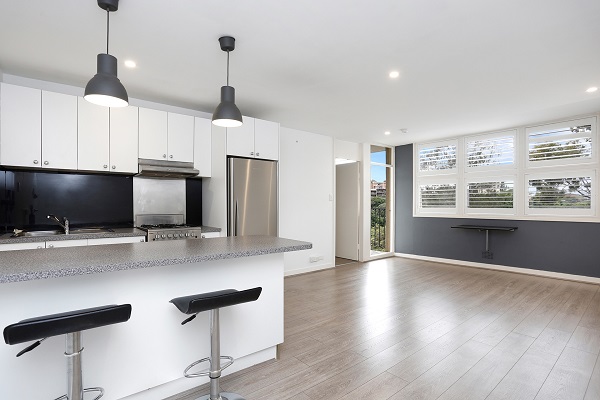
Location: North Sydney, NSW
One-bedroom apartment purchased in 2013 for $428,000. Spent under $10,000 in renovations and increased rent by $50 per week
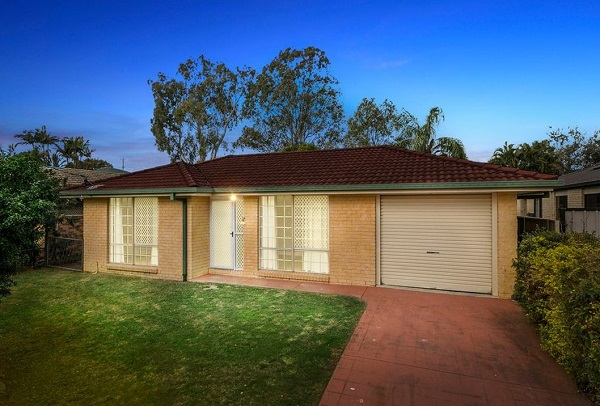
Location: Wynnum, QLD
Four-bedroom house purchased in 2016 for $515,000. Renovations planned in the future.
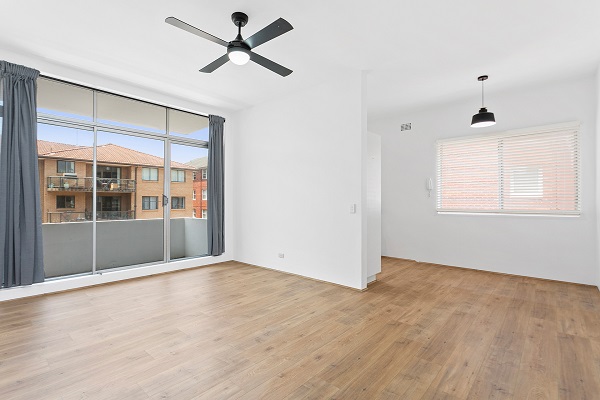
Location: Brighton-Le-Sands, NSW
Two-bedroom apartment purchased in 2019 for $615,000. Spent $6,000 in renovations and increased rent by $40 per week.
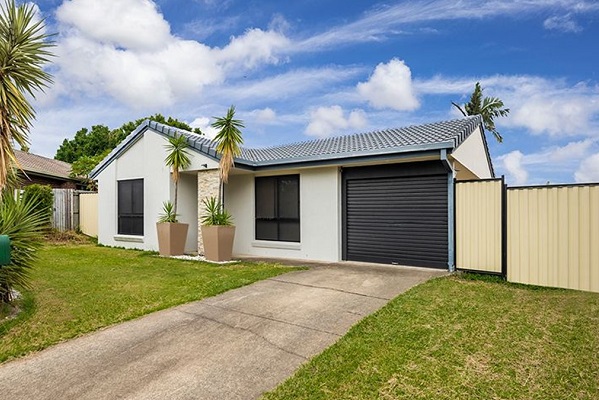
Location: Crestmead, QLD
Four-bedroom house purchased in 2020 for $330,000. Renovations planned in the future.
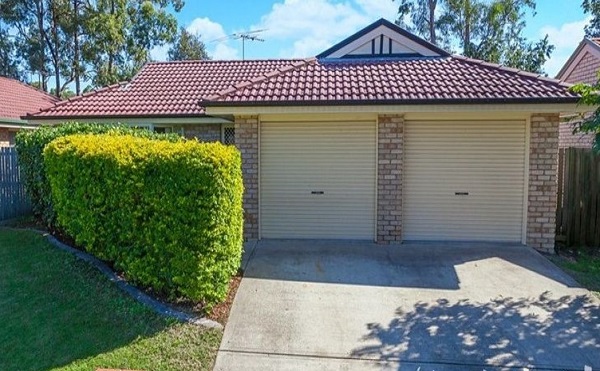
Location: Crestmead, QLD
Four-bedroom house purchased in 2020 for $315,000. Renovations planned in the future.